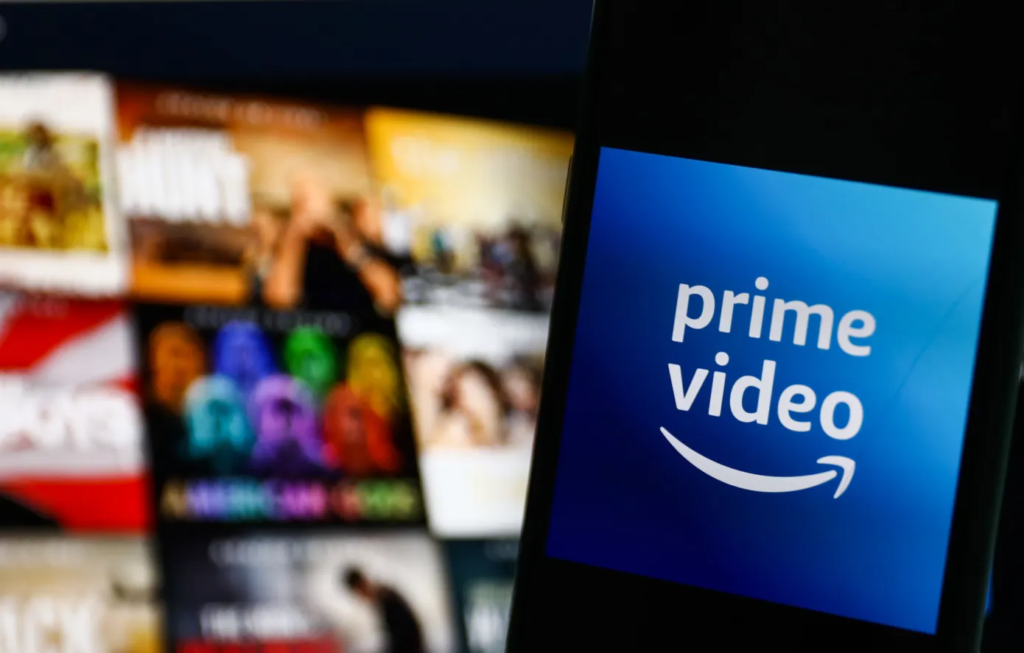Following in the footsteps of Netflix and Disney+, Amazon is launching an ad-supported tier for Prime Video in early 2024. The company said it will offer an ad-free tier for an additional $3 per month to Prime members.
The ad-supported tier will be available in the U.S., U.K., Germany, and Canada in early 2024, and in France, Italy, Spain, Mexico, and Australia later in the year. Amazon promised to show fewer ads than linear TV, with a benchmark of four minutes per hour.
The company said it is introducing ads to Prime Video in order to continue investing in compelling content. In recent years, Amazon has hiked the prices of its several offerings, including Prime membership, Amazon Music Unlimited, and free shipping for non-Prime members.
Here is a summary of the key points in the article, with additional information and context:
- Amazon is launching an ad-supported tier for Prime Video in early 2024.
- The ad-supported tier will be available in the U.S., U.K., Germany, and Canada in early 2024, and in France, Italy, Spain, Mexico, and Australia later in the year.
- Amazon promised to show fewer ads than linear TV, with a benchmark of four minutes per hour.
- The company said it is introducing ads to Prime Video in order to continue investing in compelling content.
- Amazon has hiked the prices of its several offerings in recent years, including Prime membership, Amazon Music Unlimited, and free shipping for non-Prime members.
The launch of an ad-supported tier for Prime Video is a significant move for Amazon. Prime Video is one of the most popular streaming services in the world, with over 200 million subscribers. The introduction of an ad-supported tier will make Prime Video more affordable for some consumers, and it could also help Amazon to attract new subscribers.
It is important to note that Amazon is not the only streaming service to introduce an ad-supported tier. Netflix and Disney+ both launched ad-supported tiers in 2022. This suggests that there is growing demand for ad-supported streaming options, as consumers become more price-sensitive.
The launch of an ad-supported tier for Prime Video is also a reflection of the changing landscape of the streaming industry. As more and more streaming services launch, consumers are becoming more selective about which services they subscribe to. Adding an ad-supported tier is a way for Amazon to make Prime Video more attractive to a wider range of consumers.








